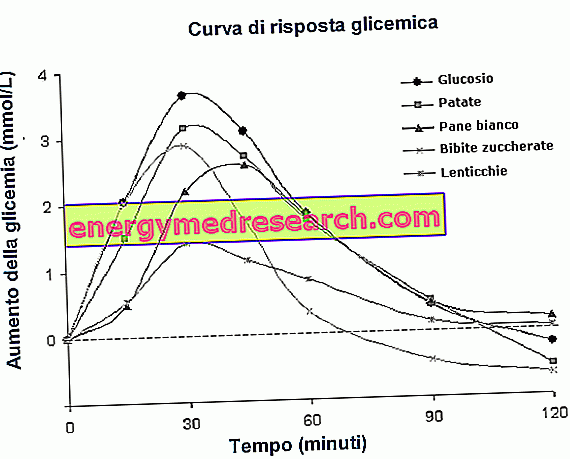
Scientific name
Solidago virga aurea
Family
Asteraceae (Compositae)
Origin
Europe
Synonyms
Goldenrod
Used Parts
Drug consisting of flowering tops and rhizome
Chemical constituents
- Tannins;
- Triterpene saponins;
- Essential oil;
- Polysaccharides;
- diterpenes;
- Carotenoids;
- Phenolic glycosides (among which the leiocarposide stands out);
- Phenolcarboxylic acids;
- Poliini;
- Caffeic acid derivatives.
Solidago in Herbalist: Properties of Solidago
The flowering tops of the solidago (or golden rod, if you prefer) and the rhizome are used mainly for the diuretic, astringent and anti-inflammatory properties (although there are no certain clinical studies to support the therapeutic efficacy of this plant) .
Biological activity
The solidago is a plant with diuretic properties, given to it by the phenolic glycosides contained in it, especially from the carousel.
Furthermore, the leiocarposide has also been shown to be able to exert analgesic effects.
The saponins contained in the plant, on the other hand, have anti-exudative, antimicrobial and slightly spasmolytic properties.
Solidago against kidney stones and urinary tract infections
Thanks to the diuretic action conferred by the phenolic glycosides it contains, the use of the solidago has obtained official approval for the treatment of urinary tract infections and to prevent kidney stone formation.
To be more precise, the diuretic action exerted by the golden rod is used to exploit the washing power of which the urine is naturally equipped, thus preventing the formation of kidney stones and favoring and accelerating the healing of infections in the streets urinary.
Naturally, for the treatment and prevention of the aforementioned disorders, the solidago must be used internally.
If the solidago liquid extract is used (drug / solvent ratio 1: 1, using 25% ethanol as an extraction solvent), generally we recommend taking about 0.5-2 ml of product from two to three times a day.
Solidago in folk medicine and homeopathy
In folk medicine, the solidago is used internally for the treatment of a wide variety of disorders, such as rheumatism, gout, diabetes, prostatic hypertrophy, internal bleeding, hepatomegaly and bronchial asthma; in addition to using it, even as a remedy in case of acute exacerbations of pulmonary tuberculosis.
Externally, however, traditional medicine uses this plant for the treatment of purulent wounds and inflammation of the mouth and throat.
The solidago is also used in the homeopathic field, where it can be found in the form of granules, oral drops and mother tincture.
Homeopathic medicine uses this plant in case of kidney failure associated with oliguria and in case of hepatobiliary insufficiencies and disorders.
The amount of homeopathic remedy to be taken can vary from one patient to another, also depending on the type of disorder that needs to be treated and according to the type of preparation and homeopathic dilution that is intended to be used.
Contraindications
Avoid using the solidago in case of hypersensitivity to one or more components and in patients with edema caused by cardiac and / or renal insufficiency.
Warnings
The use of the solidago in patients with chronic kidney disease should be carried out with extreme caution and only under the strict supervision of the doctor.
Pharmacological Interactions
- the indiscriminate and not careful use of herbal teas or plant-based extracts with diuretic activity can interfere with other diuretic drugs, with consequent effects, with consequent hydro-electrolytic disorders.



